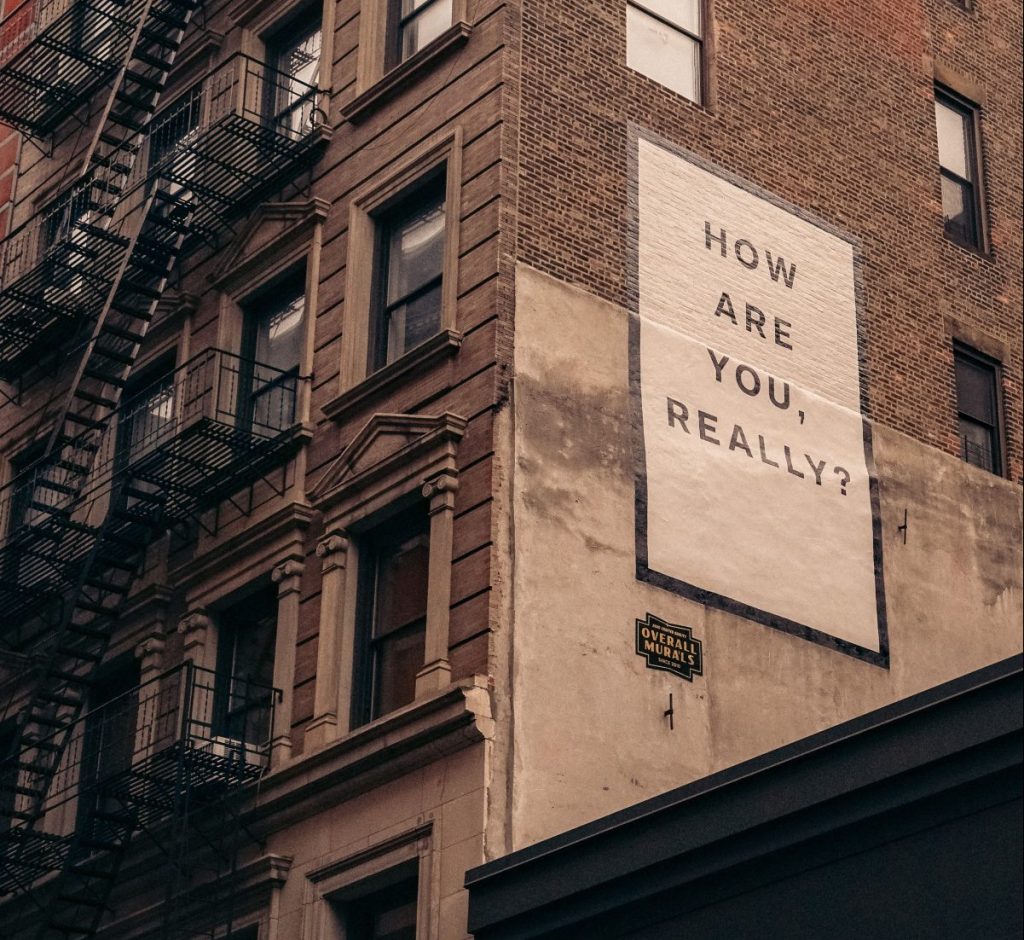
Mental health is not a novel issue. Many employees have been inundated with mental health exhaustion and fatigue due to the ongoing pandemic with employee absence due to mental health conditions seeing a steady increase over the last decade. According to the most up to date data from the Office of National Statistics, 13.4% of days lost through sickness absence were because of mental health conditions.
Though, employees may not cite mental health reasons when they call out sick due to associated stigma. Almost half of all millennials and Gen-Z say that they feel stressed all or most of the time due to the pandemic according to Deloitte’s Global Millennial Survey. Whilst separate research found that up to a third of employees took stress-induced sick leave but almost all (93%) stated that they lied to their boss about the real reason for not turning up. The taboo surrounding stress is such that workers have to devise more acceptable reasons to justify their absence with less than four in ten workers feeling comfortable openly speaking about the stress they are experiencing with their supervisors.
Meanwhile, research from Qualtrics has highlighted the importance of paid mental health days to employees. Many businesses seem to be aware of the mental health challenges faced by their talent and many organisations are increasingly offering paid mental health leave as an antidote to burnout. 95% of employees are in favour of this benefit and cite that it is a viable long-term solution to ensuring good mental health among employees according to the survey. Over nine in ten employees in the US now want their employer to implement such days with almost as many responding that it would help them to be more productive.
Though mental health days are beneficial if implemented correctly and have proven benefits in reducing stress levels whilst increasing productivity, there are pitfalls to using them as a go-to mental health strategy. Foremost, the impact of mental health days only lasts for a couple of days according to the American Psychological Association and many employees see their mental health quickly return to the pre-leave levels.
Second, mental health days are reactionary rather than addressing underlying issues. Employees are likely to take mental health days only when they feel completely overwhelmed and it begins to impact their work. There are a number of underlying lifestyle issues as well as workplace factors that affect mental wellness and if preventative work is not undertaken to address them, it will ensure that employees return to the same vicious cycle as before they took the leave.
There is no denying the benefits that come with mental health days and no employee at any company should feel afraid of taking a mental health day if they need to do so. Forward-thinking, progressive companies may want to consider other ways to better support mental health in the workplace in addition to providing paid mental leave.
HR leaders can help facilitate an organisational culture shift towards supporting mental health at work. A mental health day is just the tip of the iceberg to creating a mentally healthy workplace. A cultural change towards a more supportive environment can come through regular manager training, coaching business leaders, enabling access to mental health ERGs and ensuring that mental health is a part of the diversity, equity and inclusion efforts. HR professionals should first aim to better understand the root causes of mental health challenges and burnout in their workplace which will enable them to formulate effective strategies to move the organisation forward in alleviating employee mental wellness.




